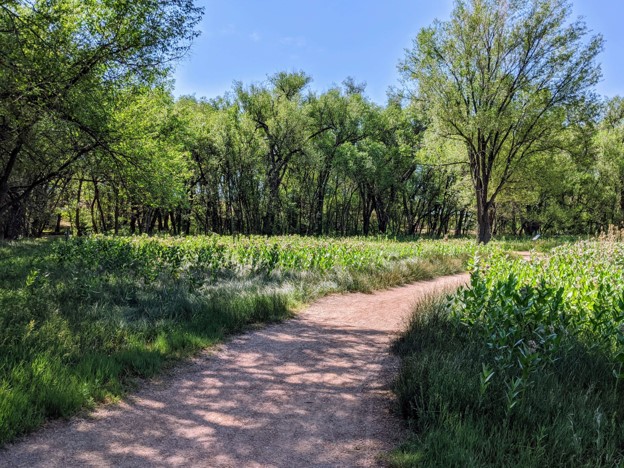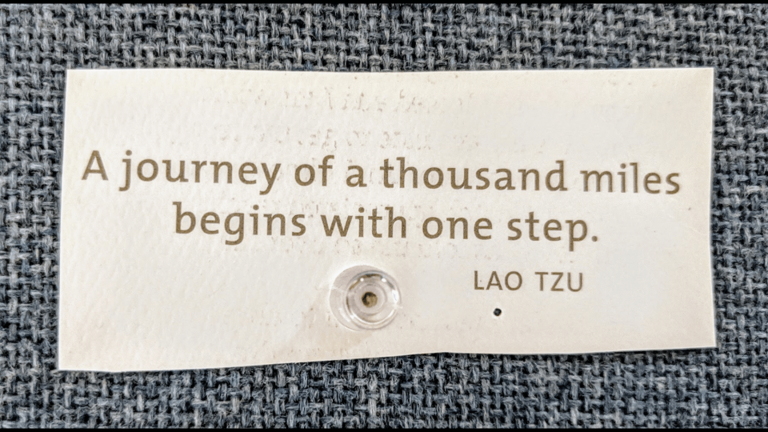Our category 20 Minutes to Class Time shares ideas you can put together with little prep for effective in-person teaching. Today’s post focuses on a fast method for breaking down and modeling reading, learning, or writing strategies for in-class practice.
I often hit the same point every semester: realizing my students know how to do something—like read sources carefully or study concepts we’ve learned—but simultaneously realizing many aren’t taking the time to do this work. When I start wondering, Why aren’t students doing the very reading/research/writing thing outside of class that will help them succeed?, I lead an in-class workshop to model and have students practice that very thing.
Write a List
To prep a workshop like this quickly, I start by making a list of steps I take to accomplish whatever task students are struggling with. Here are three examples:
Students aren’t engaging with reading assignments.
Quick “break it down” list of steps I take as a reader:
- Gather information about a text’s rhetorical context, like the author bio, genre, date, and publication location.
- Lay eyes on the text to gather overall information about its content, such as by reading the title, reading headings and subheadings, and gauging its length.
- Read the first few paragraphs or first page to begin to learn what the text is about and how it works, highlighting key pieces of information that jump out at me.
- Jot down a few questions or notes about what I anticipate or what I hope to learn.
- Continue reading, highlighting and taking notes as I go.
Students aren’t understanding key concepts taught in class.
Quick “break it down” list of steps I take as a learner:
- Write key terms on flashcards or listing them in a notebook so I can see all the concepts I need to learn in one place.
- Write a definition for each, relying on class notes and class readings and searching for additional definitions online if needed.
- Write an example for each, tying what I’ve learned in class to something in my life.
Students aren’t engaging deeply with outside sources in writing.
Quick “break it down” list of steps I take as a writer:
- Select one outside source and skim my notes and highlights.
- Choose 2-3 moments in the source that caught my attention, perhaps because they interested me, confused me, or I disagreed.
- For each moment, write 2-3 sentences of what I’d say to the author at that point in the text. Imagine myself sitting down to a conversation with the author: the text itself is the author speaking, and I’m writing the parts of the conversation where I’ll jump in.
- Using my drafted sentences as notes, write a paragraph where I engage with the source by tying it to the purpose of my paper.
Find an Example
Once I’ve written a “break it down” list of steps, I choose an example to bring to class to use as a model. I don’t worry about finding the perfect example—I simply need something to use as I show students what my work looks like. For example:
Students aren’t engaging with reading assignments
- Pick an example text that resembles the type of text assigned in class, such as a non-fiction essay, piece of literature, or scholarly article. I like to choose a text I’m actually reading, even if it’s a more complex text than I’d assign.
Students aren’t understanding key concepts
- Brainstorm or Google key terms for a particular subject and make a list of 5-6. For example, “key terms for cooking” include boil, braise, al dente, marinate, and puree.
Students aren’t engaging deeply with outside sources
- Pick an example research topic that fits the type of project students are composing.
It’s time to head to class! Structure your class as a hands-on workshop, letting students know you’ll be modeling effective strategies for their work, and they’ll be following along to engage in these strategies as well. For each step on your list, spend 4-5 minutes showing how you do this step using the example you chose, then give students 8-10 minutes or so to practice on their own.

Extended Example
Here’s an example of how this “break it down” strategy plays out in class. In a recent advanced writing course, students were skilled at finding scholarly sources but less comfortable finding interesting, relevant mainstream sources to inform their work—and when they did find adequate sources, many students’ writing showed they were just plucking quotes and dropping them into paragraphs without having much to say about other authors’ ideas.
These students knew how to read deeply, take notes, and engage with what they read—but many didn’t seem to be taking the time to do so. In this advanced course, I explained each step and had students practice it. In a lower-level course, I would model each step first.
I wrote a quick list of steps and an example, then led a workshop following this plan:
- Brainstorm a topic:
- Model: Share how my attempts to write about my father’s life reveal how unreliable memories are, leading me to want to research how unreliable memories challenge writers.
- Student practice: If you don’t yet know your focus for your project, write a list of a few possible topic areas. (3 minutes)
- Find sources:
- Model: Show on the projection screen how I could Google phrases like “how do memories change,” go into a research database and search for things like “memory” and “unreliable,” or go to the TED Talk webpage and search for “memory.”
- Student practice: Pick 1 topic and find 10 related sources that would interest you to read, watch, or listen to. Keep tabs open on your device or save a list of URLs so you can return to these sources. (6-8 minutes)
- Begin reading:
- Model: Pull up one source on my topic and take a few minutes to conduct my reading process aloud, displayed on the projection screen. Show students how I read a paragraph, pause, think, ask questions, take notes, and so on.
- Student practice: Choose one source to begin reading or listening to now. As you read, take notes. What do you agree with? What are you learning from? What are you curious about? If you start with one source and it doesn’t interest you, put it aside and find another. (10 minutes)
- Begin writing:
- Model: Review my notes from reading a source and choose one or two ideas to write about. Draft a few sentences on the projection screen showing how I weave my own ideas together with ideas from the source, quoting or paraphrasing and citing as I go.
- Student practice: Write a short paragraph weaving your ideas and the source’s ideas together. (10 minutes)
- Revise:
- Model: Reread what I’ve written aloud and share with students what questions I would ask to push myself to go beyond a cursory read of my source to engage with it deeply. Revise a sentence or two to demonstrate how I think more critically within what I’ve written.
- Student practice: Reread your paragraph. Have you given a thorough or a cursory presentation of the source’s ideas? Have you thought deeply about or engaged deeply with those ideas? Add to the paragraph to deepen your attention to the source’s ideas. You are aiming to show deep engagement with someone else’s ideas, not just use your source in passing. (5 minutes)
- Plan for what’s next:
- Model: Explain what steps I’d take next to continue reading my source deeply and engaging with it in writing then carry this work forward to the remainder of the project.
- Student practice: Make a plan for what comes next. What sources will you explore for your project? How will you engage in reading, taking notes, and writing with ideas from these sources?
Further Reading
“Informal, In-Class Writing Activities.” Teaching with Writing, University of Minnesota, 2021, https://wac.umn.edu/tww-program/teaching-resources/informal-inclass-writing-activities
Poorvu Center for Teaching and Learning. “In-Class Activities.” Yale, 2021, https://poorvucenter.yale.edu/strategic-resources-digital-publications/wr-instructor-resources/class-activities
The Writing Center. “In-Class Writing Exercises.” University of North Carolina at Chapel Hill, 2024, https://writingcenter.unc.edu/faculty-resources/tips-on-teaching-writing/in-class-writing-exercises/
Photos by Ann Amicucci. 2024 copyright pending.
